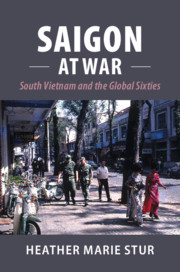Previous experiments with the comatulid Himerometra robustipinna (Carpenter, 1881) demonstrated intensive host-to-host migration processes for almost all symbiotic species both within host aggregations and among hosts separated by several metres. The aim of this study was to check the ability of symbionts to complete long-distance migrations, by means of two in situ experiments which depopulated the crinoid host. Two different sets of field experiments were set up: exposure of depopulated crinoids (set 1) on stony ‘islands’ isolated from native crinoid assemblages by sandy substrate, and (set 2) in cages suspended in the water column. Hosts from set 1 were exposed for 1, 2, 3 and 4 weeks to assess whether substrate has an influence on the symbionts' long-distance migrations. In set 2 cages were exposed for 10–11 days, aiming to check whether symbionts were able to disperse through the water column with currents. These experiments allow the conclusion that post-settled symbionts can actively migrate among their hosts. Symbionts are able to reach their hosts by employing two different ‘transport corridors’, by drifting or swimming in water column, and by moving on the bottom. Comparison of experimental results allows the division of symbionts into two conventional groups according to the dispersal ability of their post-settled stages: (1) species able to complete long-distance migrations, (2) species unable to migrate or having limited dispersal ability. The finding of the free-living shrimp Periclimenes diversipes Kemp, 1922 in set 2 raises the question about the factors that affect such a high degree of specialization of crinoid assemblages.



